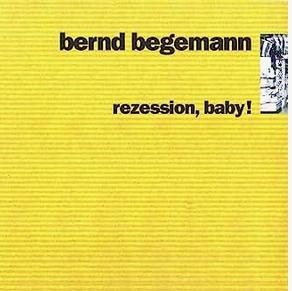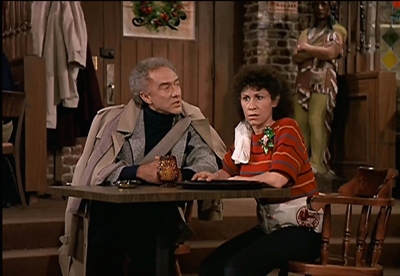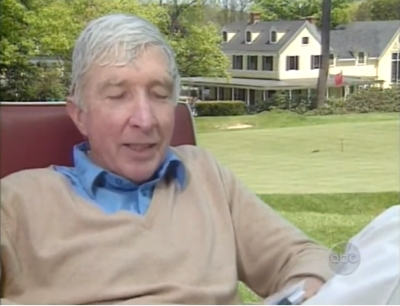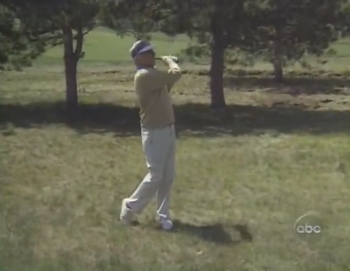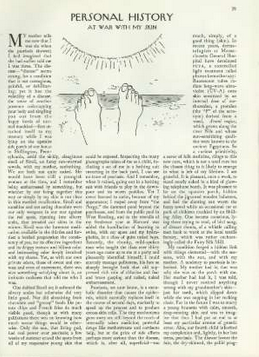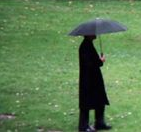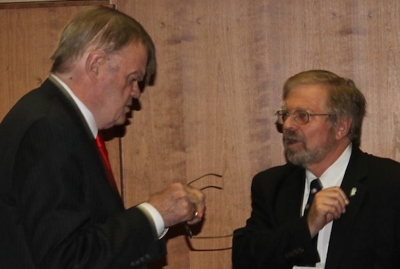
The New Hampshire Union Leader recently published “Garrison Keillor: The art of leaving home.” Keillor, who was the keynote speaker at the 4th Biennial John Updike Society Conference in Columbia, S.C., wrote, “The pleasure of moving is the excavation of the past. I open a box and here’s a photo of my fifth-grade class, the eager neatly-combed-and-dressed boy with glassing sitting behind John Poate is me. I am still that eager boy, heavier but anxious to do well.”
Keillor wrote that he kept “artifacts of a long life. . . . I kept all these and other souvenirs. I never listened to the show [A Prairie Home Companion] myself and I have no memorabilia from it. It would only give me remorse that the show wasn’t better than it was. John Updike told me once that he rather enjoyed reading his early work but then he was a naturally cheerful man, rare for an author. Critics resented him for that and gave him grudging reviews; they preferred writers who had suffered, been imprisoned, exiled, or at least had abusive fathers. John was too American. There wasn’t much Russian or Spanish about him. He wrote because he was good at it and he knew it.
“And now in my old age I’ve found useful work as a stand-up cheerleader for adult cheerfulness, the basic goodness of life, a counter-voice to the diversity cops and agony aunts who’ve taken over publishing, journalism, public radio and TV, and much of academia. DeSantis’s anti-woke campaign is stupidity on toast; the real problem with MacWoke is its penchant for dismal pessimism, its humorlessness. I grew up with fundamentalists who looked forward to the end of the world and now progressives do too.”
In a March 13, 2024 column for the New Hampshire Union Leader, “Mature man available for speaking, easy terms,” Keillor cited Updike again: “And my hero John Updike, back in the days of White Male Authorship, got me into the American Academy of Arts and Letters, one of only three humorists in the club, which looks darned good on my résumé. People from my hometown of Anoka, Minnesota, look at that and think, ‘Him? He didn’t even make National Honor Society in high school. He got a B minus in English and even that was generous.'”


